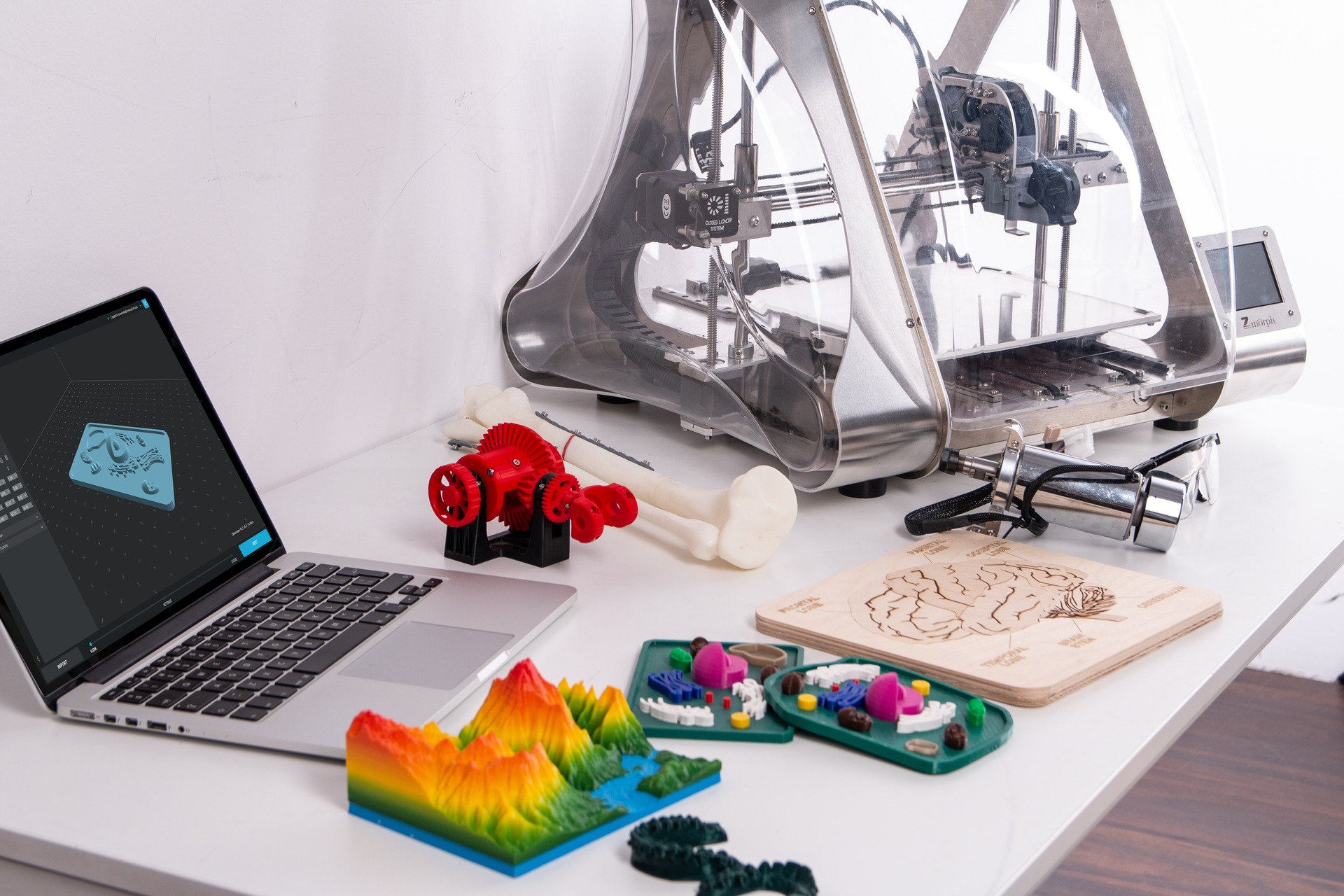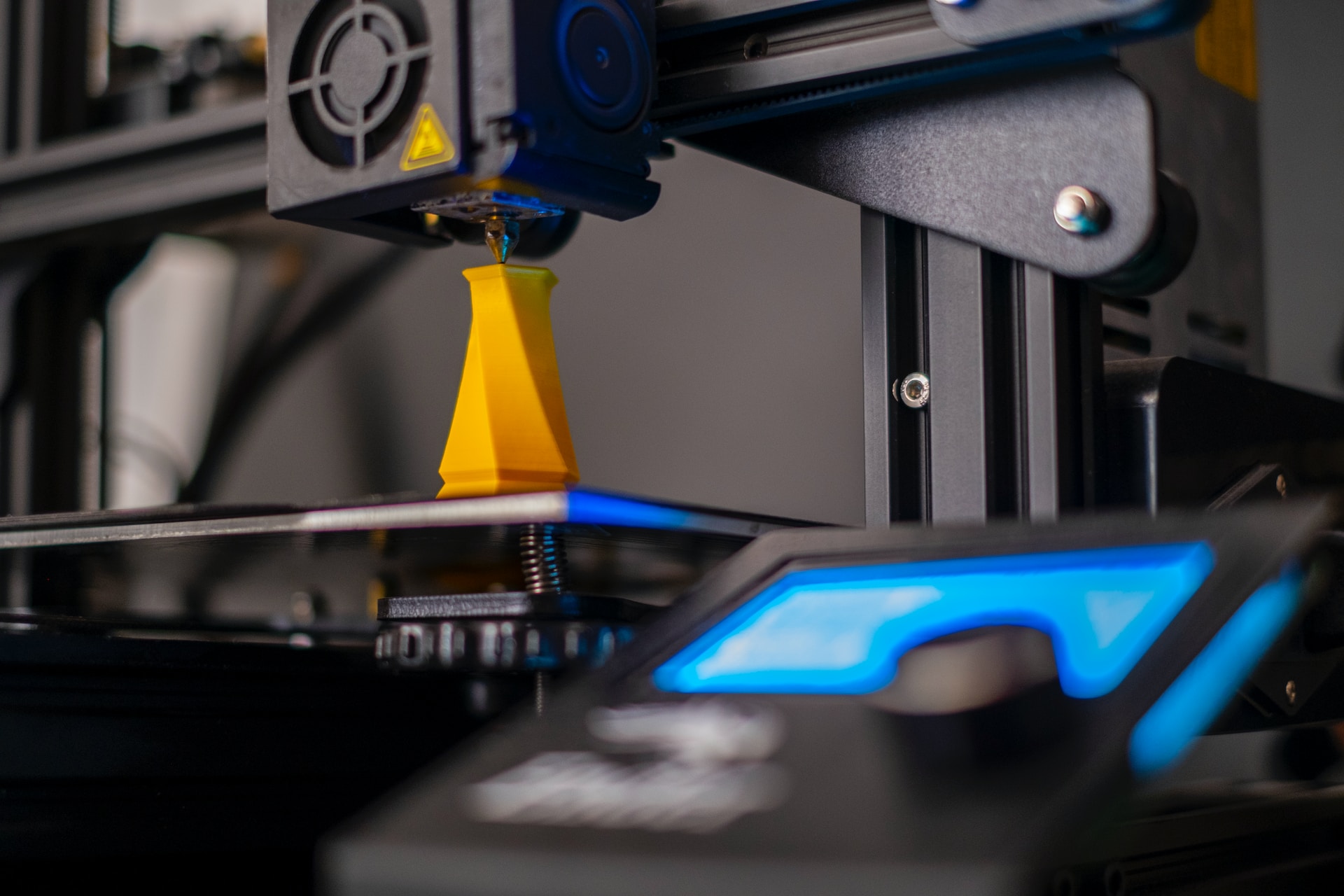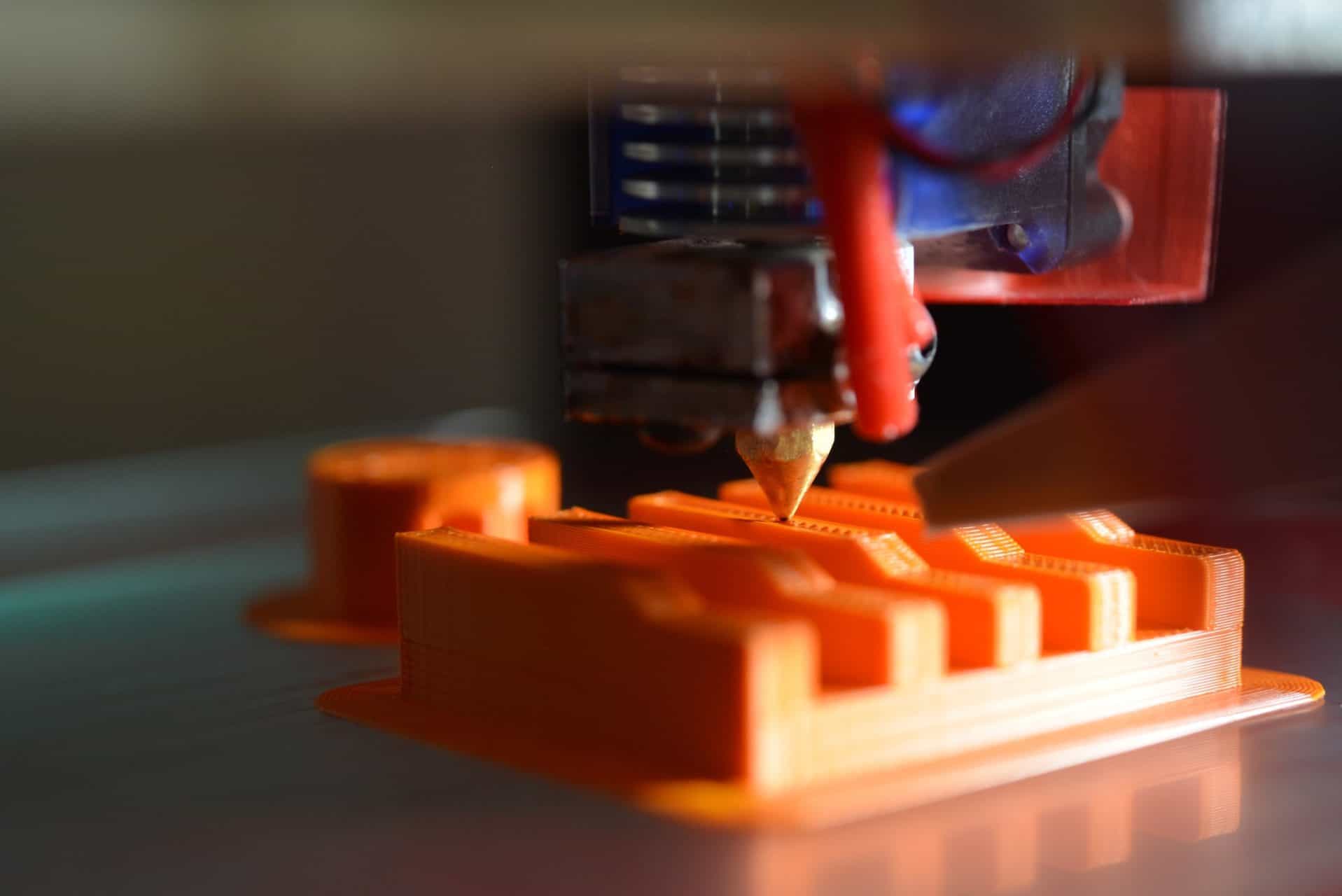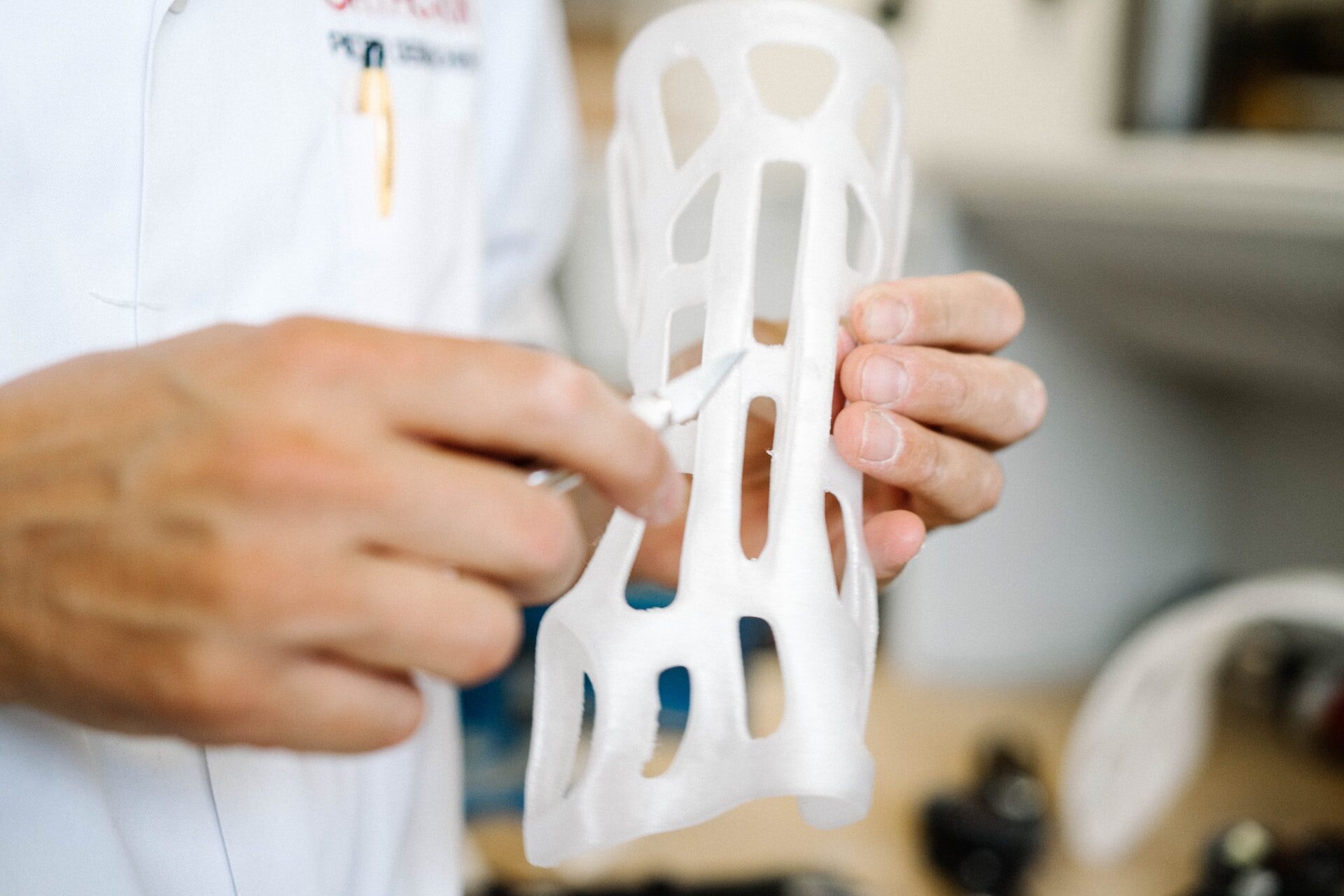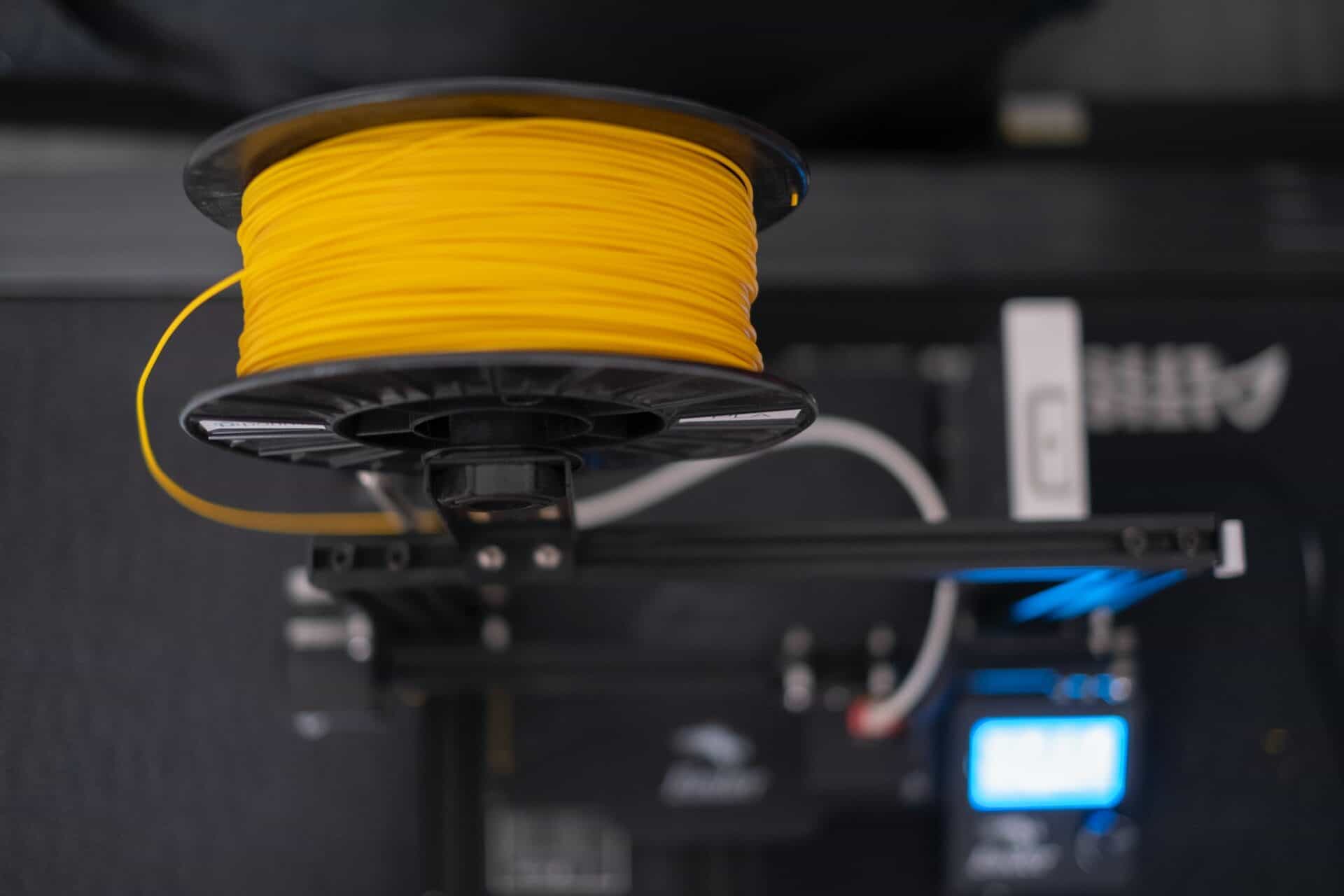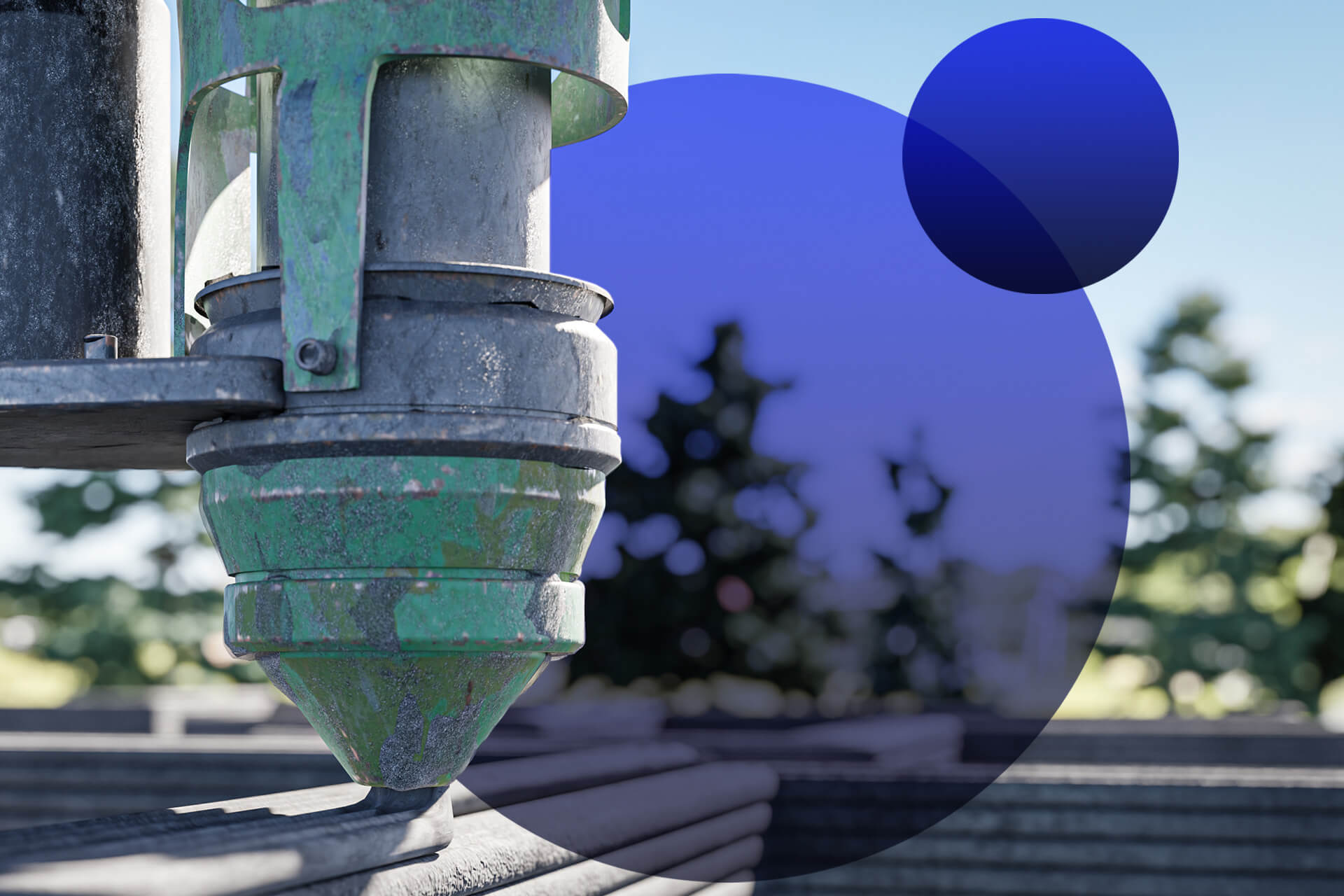
Will Your Next Home Be a 3D Printed House?
April 26, 2022 - Revolutionized Team
Revolutionized is reader-supported. When you buy through links on our site, we may earn an affiliate commision. Learn more here.
Within the next 5 to 10 years, the world could have a long-term solution to the housing shortage. 3D printed construction is upending conventional construction methods. This innovative new building technique is fast, affordable, sustainable, and accessible, all benefits that the global housing market needs right now. The 3D printed house is already a reality, as well.
People are creating whole neighborhoods using these giant 3D printers and more are on the way. 3D printed houses are serving markets at both economic extremes, the wealthy and the homeless. Could 3D printing be the future of housing? Experts and homeowners alike believe so.
How 3D Printed House Construction Works
3D printing is also known as additive manufacturing. The process uses layers of material to autonomously create a 3D structure. Not that long ago, we could only use 3D printing to create small plastic objects. The technology has evolved over the past decade, though. Today’s 3D printers can extrude a variety of metals and concrete mixtures.
Engineers create a 3D-printed house by taking traditional 3D printing and putting it on a bigger scale. The printer uses a floor plan programmed in ahead of time. 3D printing uses a variety of special concrete mixtures to print the walls. Construction workers add the windows, doors, plumbing, electrical, HVAC, roof, and interior finishings.
The Solution for a Struggling Market
The main benefits of 3D printed construction make it a prime solution for several of today’s major issues. The construction labor shortage is worsening the growing housing shortage. The result is sky-high prices for homes and a competitive market. There are not enough homes for all the people who want and need one.
Industry leaders estimate that the US is short 2.2 million construction workers. Experts connect this shortage to the rise in home prices since it is making it more difficult to build new homes. The shortage of homes is disproportionately affecting lower-income families and would-be homeowners. In fact, as of 2019, only 7% of new homes built in the US were entry-level homes, priced for affordability and accessibility.
The 3D printed house could provide a solution to both of these problems while also reducing the carbon footprint of the construction industry. Usually, only one or two operators are needed to make sure the printer stays on track. Then a small crew finishes the interiors and roof. Since the process is quicker, more homes can be built in less time with fewer workers. This increases availability which leads to lower prices. A new project underway in Austin, Texas is applying this exact methodology to create the world’s largest 3D printed neighborhood.
A Sustainable Solution
Additive manufacturing is far better for the environment than traditional construction. 3D printing creates less waste since it only uses the exact amount of material necessary. Integrating recycled or reclaimed materials improves the sustainability of this process even more. Additionally, since 3D printed construction is so rapid, it is less disruptive to the local environment. Building a 3D printed house requires only the printer. At most, one or two small construction vehicles may be needed to flatten out the building site. As a result, 3D printing produces fewer emissions than traditional construction.
So, 3D printed houses can increase the availability of new homes in a market that only seems to grow in demand. Even better, this technology can accomplish that while getting around the construction labor shortage. 3D printing may have fewer supply issues, too, which have been another major issue in the housing market. 3D-printed construction uses specially-made concrete mixtures for the walls of these houses, significantly reducing the amount of lumber needed.
Providing Homes for All
One of the most important concerns in today’s housing market is the shortage of homes for people who are economically disadvantaged. Homeownership is a dream for many of these people but that dream is becoming less and less possible in the modern housing market. Luckily, 3D printed construction innovators have already begun tackling this issue.
Affordable Housing
America’s first-ever 3D printed home was given to a formerly homeless man in Austin, Texas in 2021. The home is one among a whole development of tiny homes for Austin’s homeless population – some of whom are now homeless no more. Infrastructure leaders are using 3D-printed construction to create affordable housing communities like this all over the world. If this technology was implemented wide-scale, homelessness could one day become a thing of the past.
3D printed houses have an edge over other affordable construction methods, like prefabricated or modular houses. Since the walls are made of special concrete blends, a 3D printed house is far more durable than a traditional home. The leading US 3D printed home provider, ICON, uses a type of cement called “lavacrete” that is shock, flood, and fire-resistant. Integrating plastic waste and reclaimed building materials in next-generation concrete mixtures could make 3D-printed houses even more durable.
Luxury Appeal of the 3D Printed House
3D printed houses have market-wide appeal, including among wealthy homebuyers. In fact, the luxury home market has made some important headway for 3D printed houses in the US. One neighborhood in Austin, Texas sold out with a starting price of $450,000 per 3D printed home. Wealthy homeowners are also buying tiny 3D printed structures to use as guest houses or backyard offices. These projects help improve and refine the technology, making it more affordable and accessible for the masses.
The Future of Housing and Beyond
3D printed houses are what the world needs today, to make homeownership possible again and give shelter to millions. The technology is still young, but it will shape the future of housing around the world. In fact, 3D printed construction will even be used to create homes on other worlds.
NASA launched a competition in 2020 to find the best possible designs for a 3D-printed Mars habitat. The competition has made headlines and revolutionized how the world views the future of space travel. Like on Earth, the 3D printed house completely changes the housing situation on the Moon and Mars. Prior to the development of 3D printed construction, the only way to create habitats on other worlds was to launch all of the necessary materials to the landing site.
With 3D printed construction, all new concrete types can be created using materials found on Mars and the Moon. So, stronger structures can be created on-site while launching fewer materials to Mars or the Moon. This is revolutionary considering that it significantly reduces a mission’s launch weight requirements.
A Revolutionary Home in the Stars
3D printed habitats will last far longer on the harsh surfaces of Mars and the Moon than any temporary or inflatable habitat would. This reduces the cost of future space exploration missions and creates a safer environment for astronauts. With projects like this in the pipeline, it’s no wonder that more and more young people want to become astronauts and scientists.
It is no surprise that one of the leading designers in NASA’s Mars habitat competition is the same organization behind the 3D printed communities in Austin, Texas. Historically, the space program has accelerated the development of technologies that have become crucial to modern everyday life. So, this collaboration will likely lead to improved 3D printed houses for millions of people here on Earth. NASA’s adoption of 3D printed houses for their Mars program is a great indicator that this technology is the future of housing.
The 3D Printed House: Innovation or Disruption?
3D printed houses will forever change the construction industry and the global housing market. This technology has the potential to provide stunning, resilient homes for people of all economic backgrounds, designed in a wide variety of architectural styles. So, while 3D printing is disrupting the construction industry, it is doing so at a time when innovation is desperately needed. 3D printing will help end homelessness, fulfill the housing dreams of the middle class, and even give humanity a home in the stars.
Revolutionized is reader-supported. When you buy through links on our site, we may earn an affiliate commision. Learn more here.
